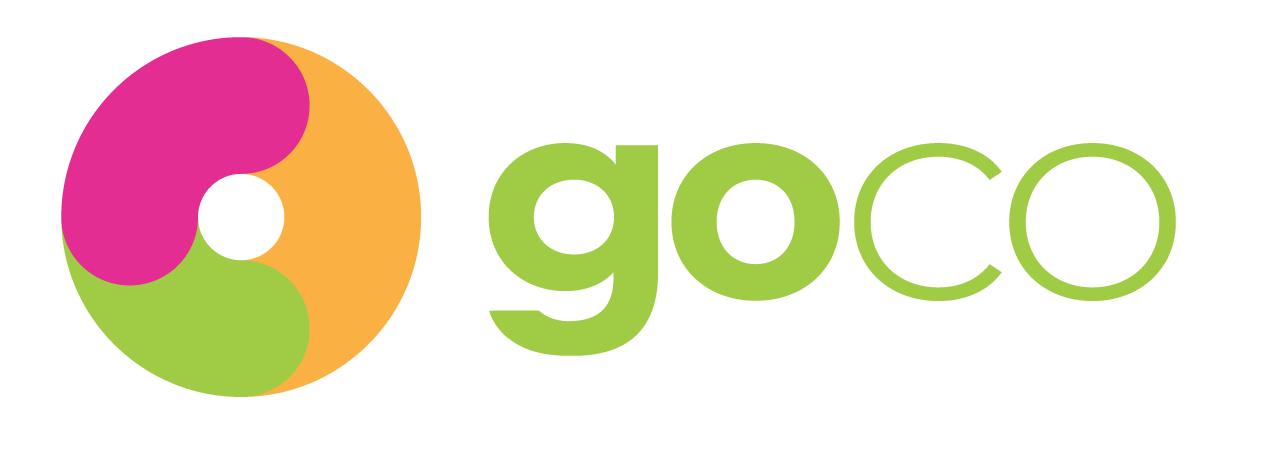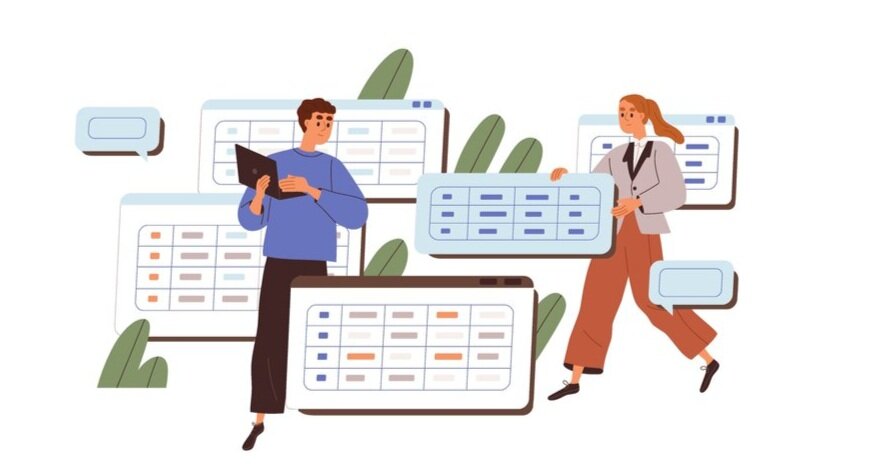Mortgages can be complicated. Co-ownership can make the process even more complicated. While it is helpful to have a working knowledge of the basics on mortgages, we’ve compiled a quick crash course aimed at co-ownership.
What’s In A Mortgage?
In order to understand what mortgage options are available for your co-purchasing group, let’s first break down the different types of mortgages.
| Mortgage Type | Definition | Limits or Restrictions | Terms |
|---|---|---|---|
| Residential | Properties zoned as residential for the purposes of day to day living. | Includes legal single family homes, and buildings up to a four-plex configuration. | Lender determines viability of borrowers to pay. Takes 30 days to close. |
| Commercial | Properties zoned as commercial and used for commercial purposes such as retail, offices etc. Residential properties with more than four units are considered to be commercial mortgages. |
A building may be listed as a four-plex but may have been converted to 5 or 6 units: with the conversion it becomes a commercial mortgage. | Lender determines viability of property to generate income. Applicants become guarantors for the loan. Require a minimum of 3 weeks for finance conditioning* and usually take much longer. |
*Finance conditioning is a condition on the offer which provides the purchaser a set amount of time to solidify financing without risk of losing the deposit. If they are not able to get financing they can withdraw from the offer without penalty.
Insured vs. Uninsured Mortgage
| Mortgage Type | Definition & Requirements | Who Pays and What’s the Risk | Terms and Conditions |
|---|---|---|---|
| Insured | Purchases with less than 20% down payment must have Default Insurance. Higher risk purchases may require insurance even when there is more than 20% down such as investment properties or seasonal homes. |
Paid by the borrower but used to protect the lender from default. Because insurance decreases the risk for lenders, some insured mortgages have a lower interest rate than uninsured. |
Insurance is usually added to mortgage. Canada’s main insurer’s guidelines require that the purchase price cannot exceed $1 million, and the amortization cannot exceed 25 years. Refinancing is not applicable. |
| Uninsurable | For properties that do not qualify for Default Insurance, and/or have a minimum down payment of 20% of purchase price. | No protection if lender defaults. Mortgages often have higher interest rates because the risk is higher. |
Purchase price can exceed $1 million, be amortized beyond 25 years, and can be a refinancing. |
| Insurable | Mortgages with more than 20% but fit into an insurer’s guideline.* | Lenders may choose to pay an insurance premium to decrease their risk in the case of borrower default. | In some cases, borrowers may have to pay insurance i.e. if their income is unreliable, or unprovable, or property is seasonal or has hazardous access. |
*There are many guidelines set out by the default insurance companies. They differ between the three insurers (the Canada Mortgage and Housing Corporation, Sagen, and Canada Guaranty) and depend on the type of purchase. Some include purchase price, down payment amount, amortization length, debt to income ratios, credit score etc.
Summary of Closing Costs
There are many costs associated with purchasing a home that also need to be calculated as part of the costs of acquiring a mortgage; a mortgage is more than the cost plus interest left to pay after a down payment is made. Most of these additional costs are due at the closing of your purchase:
Down Payment
Home Inspection and Appraisal Fees
Default Insurance Costs
Land Transfer Fee
Legal Fees
An Example: The Cost To Own and Close!
| Purchase Price | $1,000,000 |
|---|---|
| Appraisal | $500 |
| Land Transfer Tax – Ontario | $16,475 |
| Land Transfer Tax – Toronto | $16,475 |
| Lawyer’s Fees | $2,000 |
| Co-Purchasing Agreement | $2,500 |
| Adjustments | $1,000 |
| TOTAL CLOSING COSTS | $38,950 |
| TOTAL | $1,038,950 |
That’s a lot to cover. Mortgages aren’t easy. Particularly for co-ownership. If you have more questions, there are plenty of resources available to broaden and deepen your understanding in this area.
Check out the next step where we look at who will lend to you and how to start creating your financial profile!
How Do You Build Your Financial Model?
Click on the sections below to learn more.
What are all the Steps to Becoming a Co-owner?
Click on the links below for all the blog articles related to each step.
“Every mortgage application is like a puzzle with many pieces that fit together to create a whole. Finding a lender that fits is an important part of the puzzle.”











